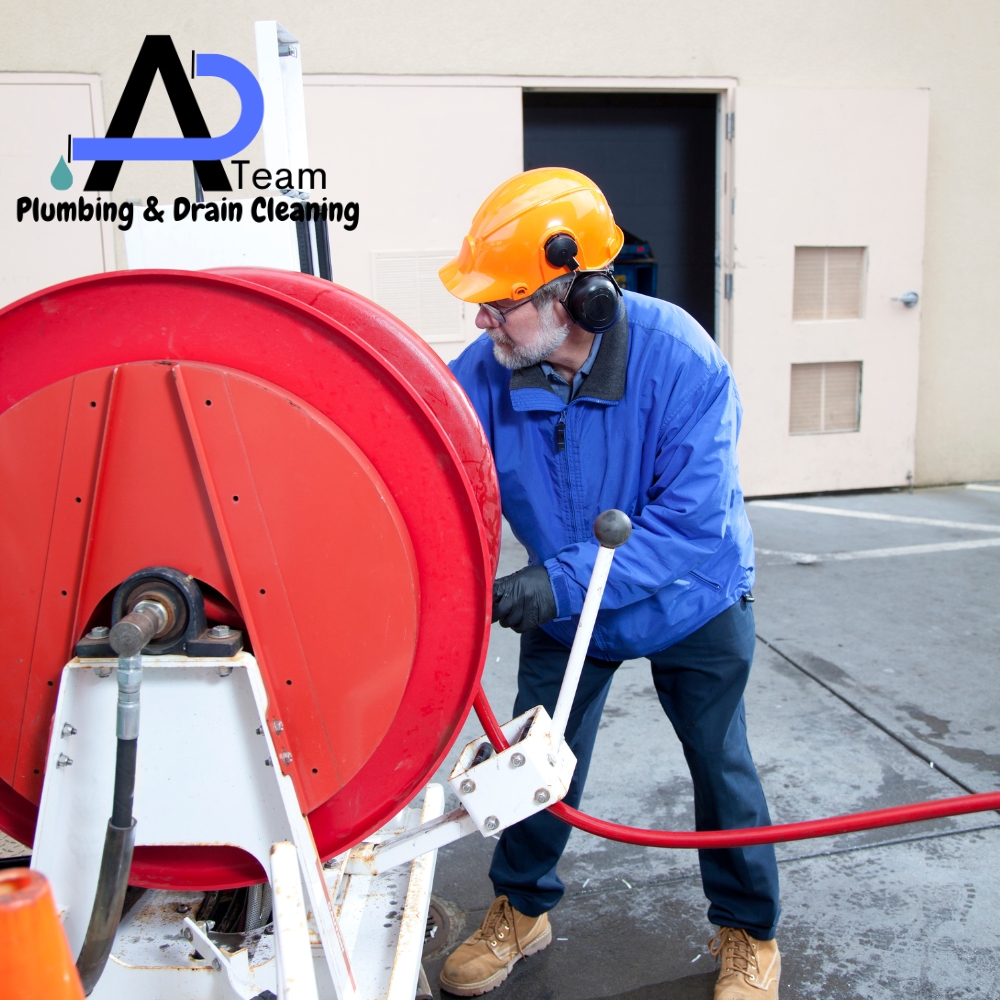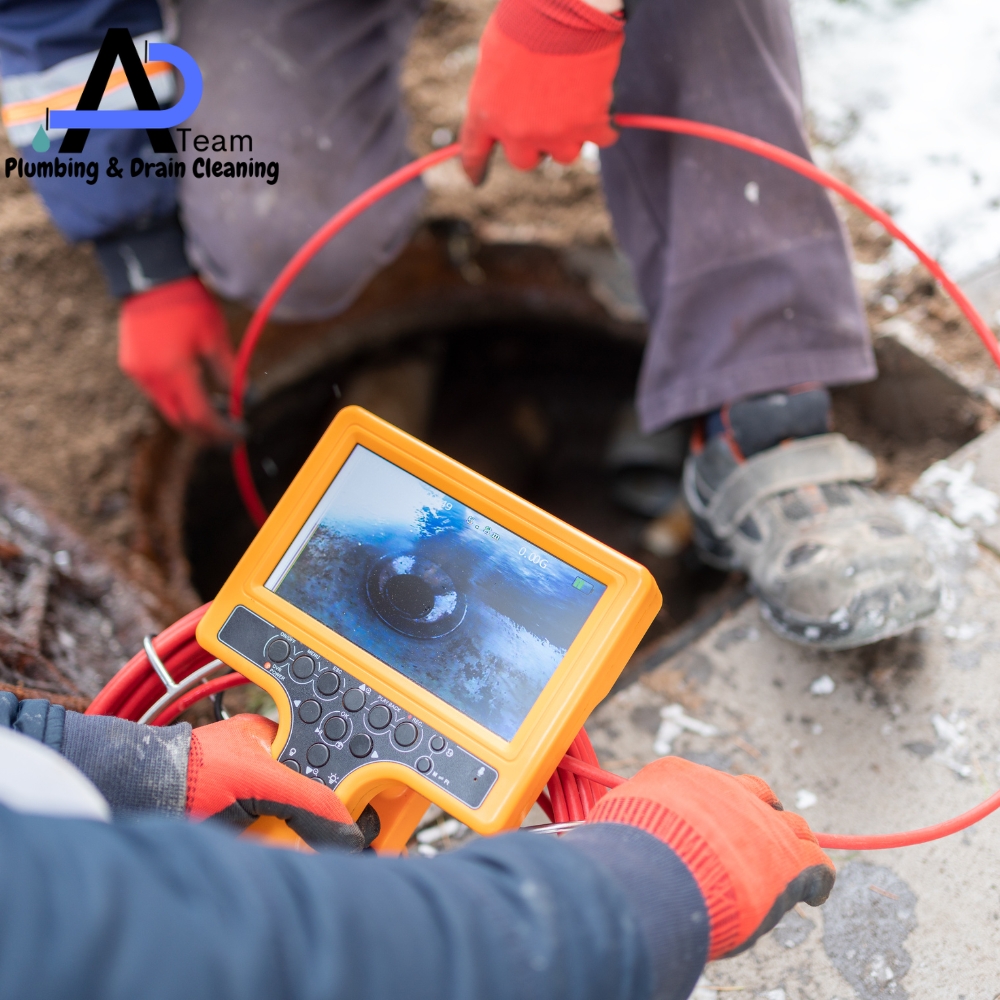The Evolution of Plumbing: From Ancient Innovations to Modern Technologies

Plumbing is a crucial component of modern civilization, yet its importance is often overlooked until problems arise. The evolution of plumbing from ancient times to the present has been marked by significant innovations that have improved public health, hygiene, and daily convenience. This article explores the journey of plumbing systems from their inception to the sophisticated technologies used today.
1. Ancient Beginnings
The history of plumbing dates back to ancient civilizations. The Indus Valley Civilization (around 2700 B.C.) had advanced sewage systems with drains covered by bricks and street gutters. Meanwhile, the Romans are famed for their aqueducts, which brought fresh water from distant sources into cities and towns, and their elaborate sewage systems that helped prevent the spread of disease.
2. The Dark Ages and Beyond
After the fall of the Roman Empire, plumbing technology suffered a setback during the Dark Ages. However, by the 16th century, countries like England began to develop sewers and piped water systems again, signaling a slow return to systematic sanitation.
3. The Sanitation Revolution
The 19th century marked a turning point in plumbing with the advent of the sanitation revolution. Driven by the connection between poor sanitation and diseases like cholera, innovations such as the flush toilet emerged. Cities began to install comprehensive sewage systems, and plumbing became a crucial part of urban infrastructure.
4. The Rise of Residential Plumbing
In the early 20th century, indoor plumbing became more common in private homes, enhancing convenience and improving hygiene. Materials like cast iron, copper, and lead (later replaced due to health concerns) were commonly used for pipes. After World War II, technologies such as pressure systems and improvements in water treatment further advanced home plumbing.
5. Modern Plumbing Technologies
Today, plumbing technology incorporates sophisticated materials and eco-friendly innovations. PEX piping, which is flexible and resistant to scale and chlorine, has become a popular alternative to metal piping. Smart home technology now allows homeowners to monitor water usage in real time, detect leaks automatically, and even control fixtures remotely.
6. Looking to the Future
The future of plumbing promises even more advancements, with a focus on sustainability and efficiency. Innovations such as greywater recycling systems and solar water heating are becoming more mainstream, reflecting a growing commitment to reducing environmental impact.
The evolution of plumbing reflects humanity’s ingenuity and adaptability. From the aqueducts of ancient Rome to the smart pipes of today, plumbing continues to evolve, playing a pivotal role in modern society.

